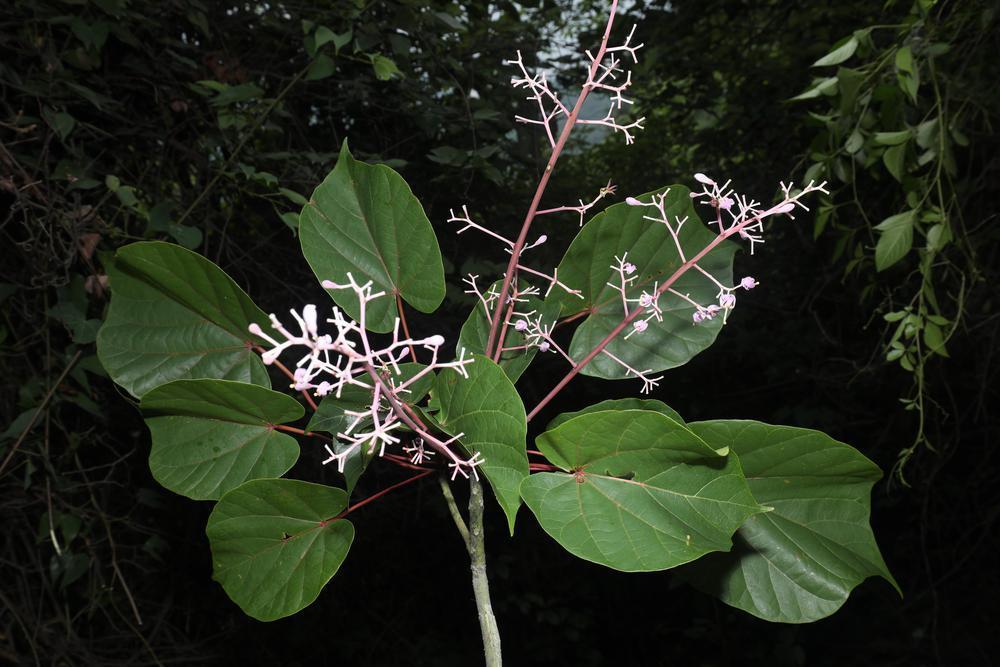
May 22, 2023, marks the 23rd International Day for Biological Diversity, with the theme "From agreement to action: build back biodiversity." Currently, Guangdong province has a forest coverage rate of 53.03% and ranks among the top in the country in terms of the number of wild plant and animal species, making it one of the most biodiverse provinces in China.
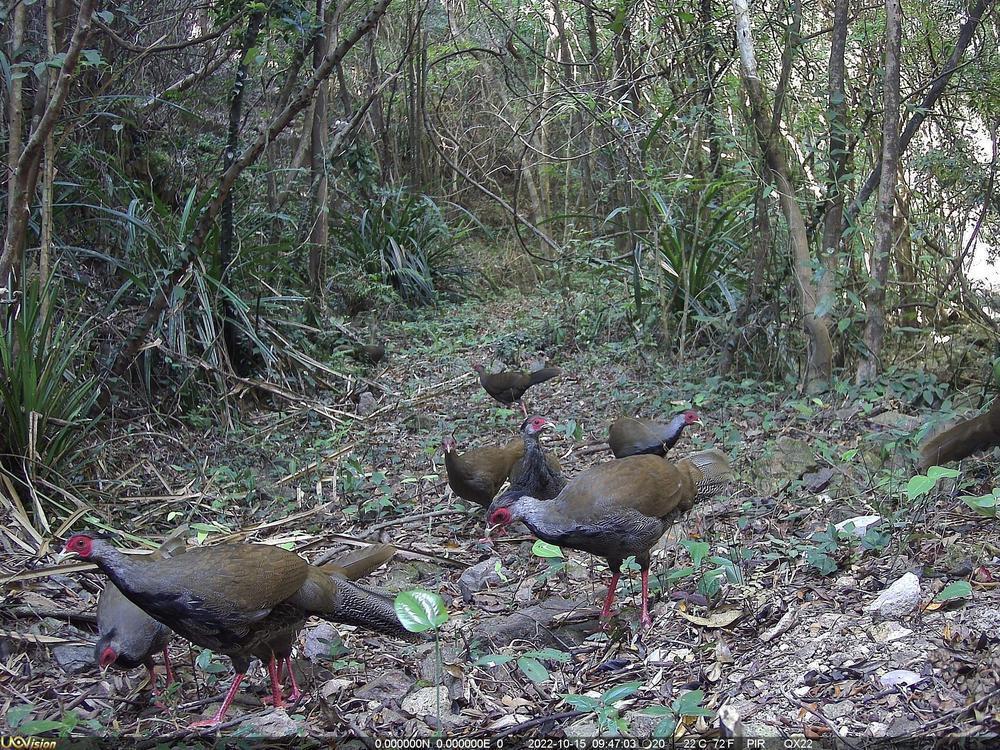
Frequent Appearances of Rare Plants and Animals
Recently, footage of two Chinese Serows together was captured in the Elephant Head Mountain National Nature Reserve in Guangdong, causing a sensation on social media. The appearance of Chinese Pangolins in various locations like Heyuan, Meizhou, and Chaozhou has attracted attention.
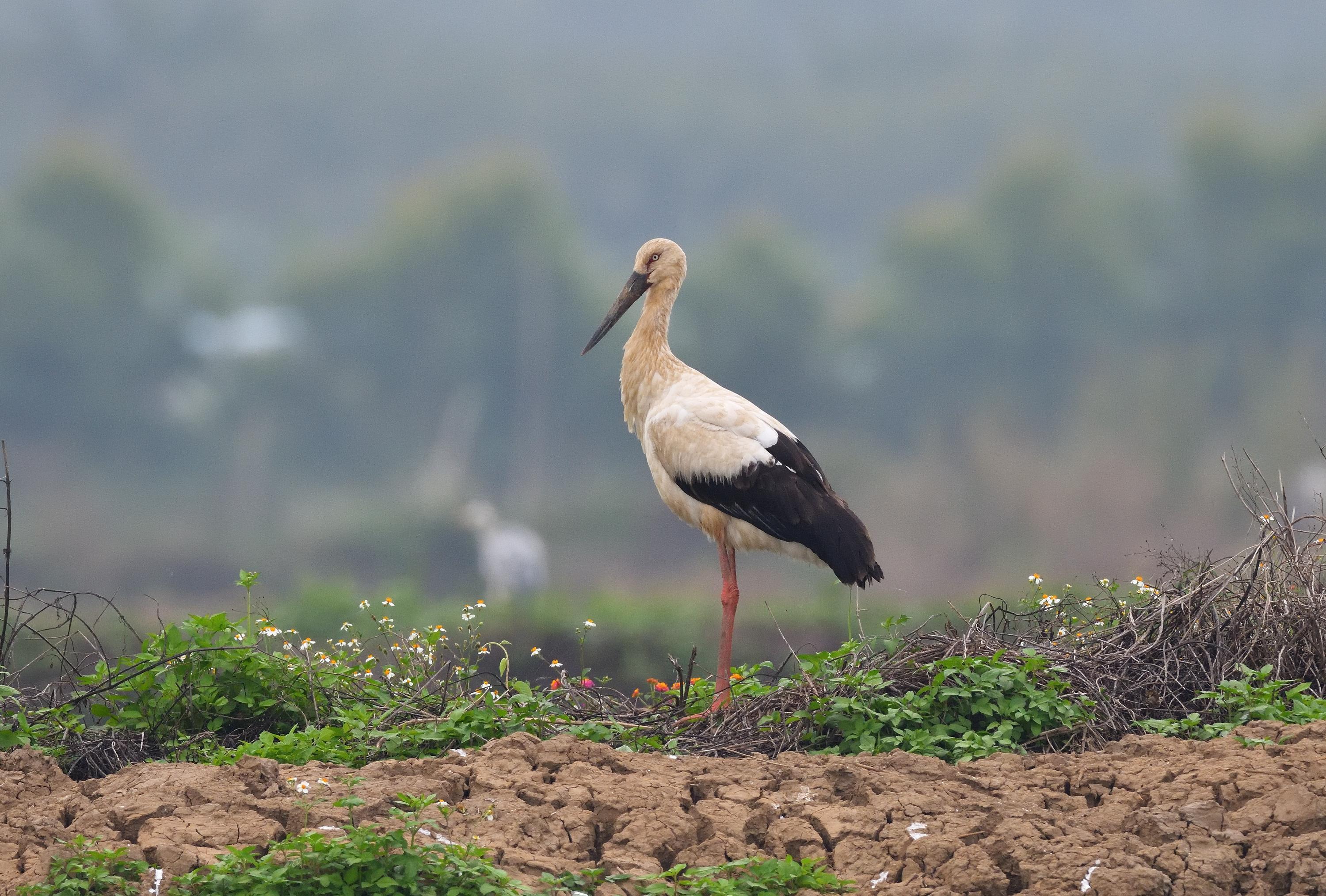
The increasing population of black-faced spoonbills in Shenzhen and Shanwei grabs attention each year. It is delightful to witness the first-ever sighting of wild white-naped cranes and Asian glossy ibises during field monitoring in Dongguan. The discovery of new Siphocranion macranthum in Heyuan and the first sighting of a mass of relict tree ferns in the Nanshan Provincial Nature Reserve in Sixing are remarkable.
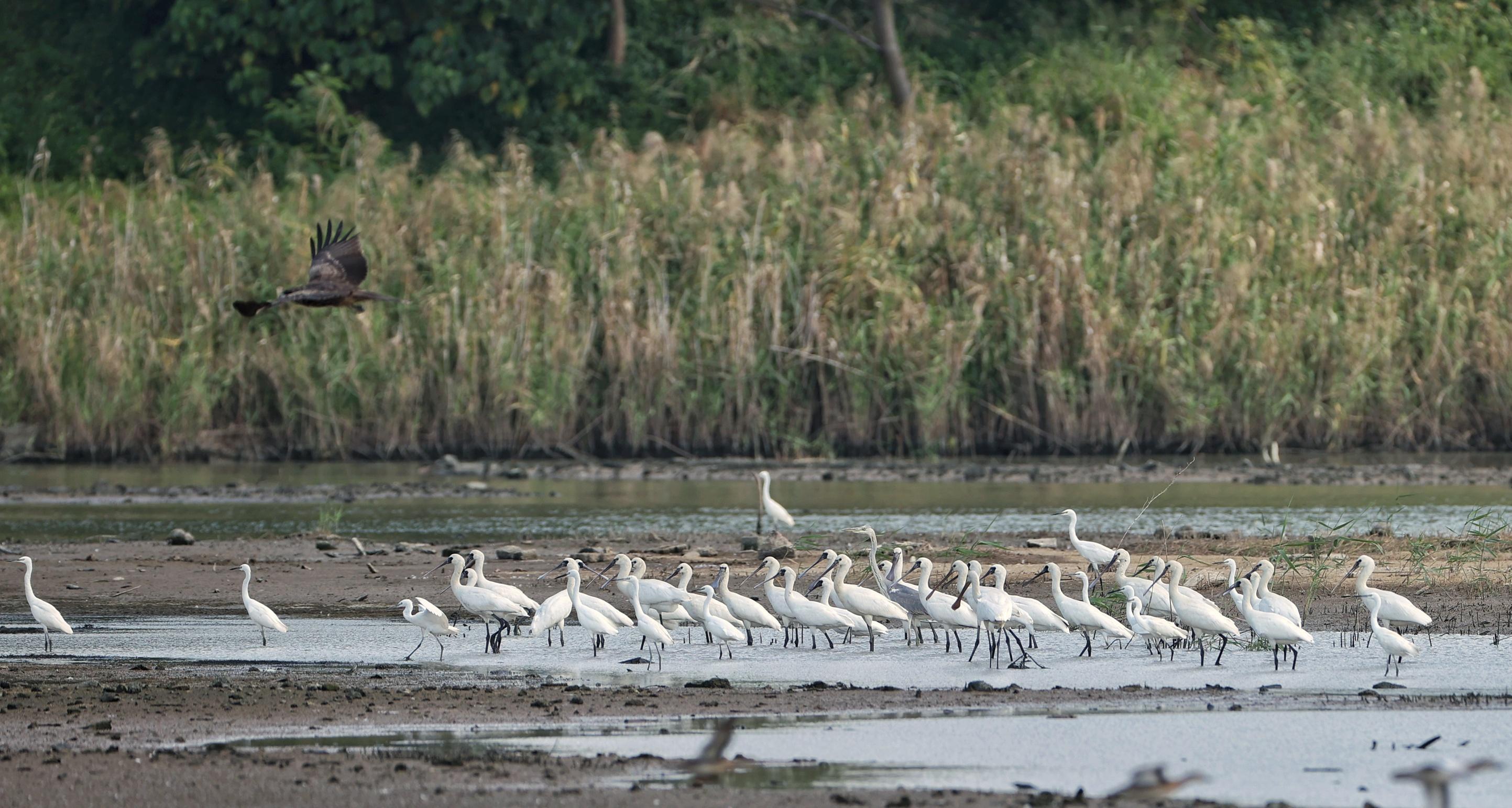
In addition, Huizhou witnessed a surprising presence of 41 Oriental storks, while in the Guangdong Haifeng wetlands, Guangdong, the first sighting of painted storks took place. Leizhou Jiulongshan Mangrove Wetland Park also recorded its first sightings of black-faced spoonbills and white spoonbills.
Rare species are increasingly appearing throughout Guangdong, and the number of newly recorded and distributed wild plant and animal populations is steadily rising year by year.
Guangdong currently has 1,361 types of nature reserves, ranking first in the country. It has recorded a total of 1,052 species of terrestrial vertebrates and 6,658 species of wild higher plants. The area of mangroves is 10,600 hectares, and the total wetland area remains stable, providing living and breeding spaces for various organisms.
Enhancing Biodiversity Conservation
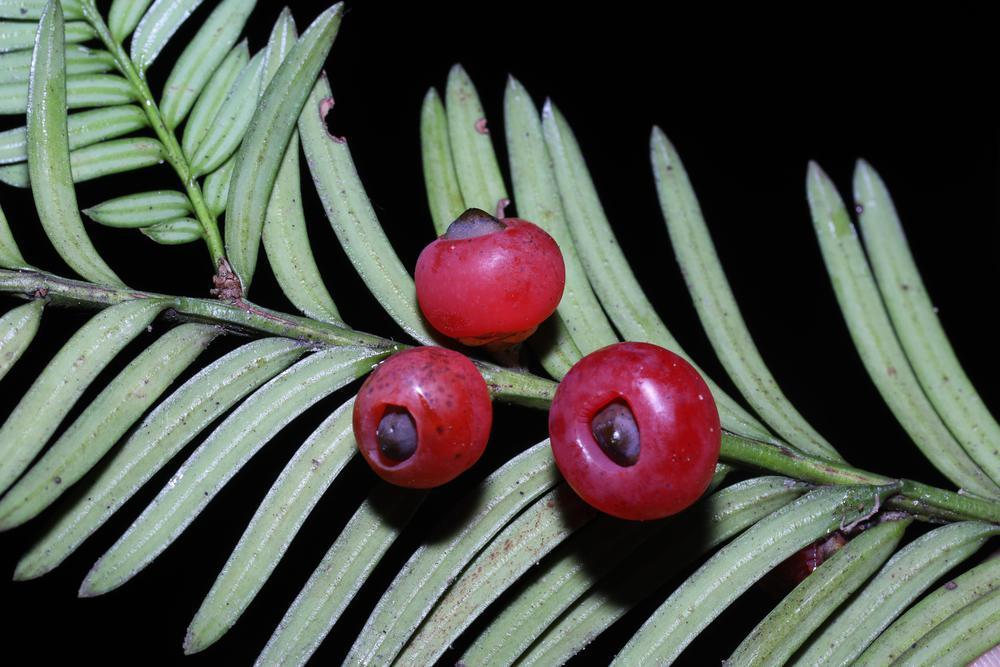
In recent years, Guangdong has made various efforts in biodiversity conservation. It has established a multi-level biodiversity protection system and nine national-level protection centers. Breakthroughs have been achieved in the in-situ and ex-situ conservation, germplasm preservation, breeding, and reintroduction of species such as Cycas revoluta, orchids, magnolias, giant pandas, crested ibises, Chinese pangolins, and South China tigers.
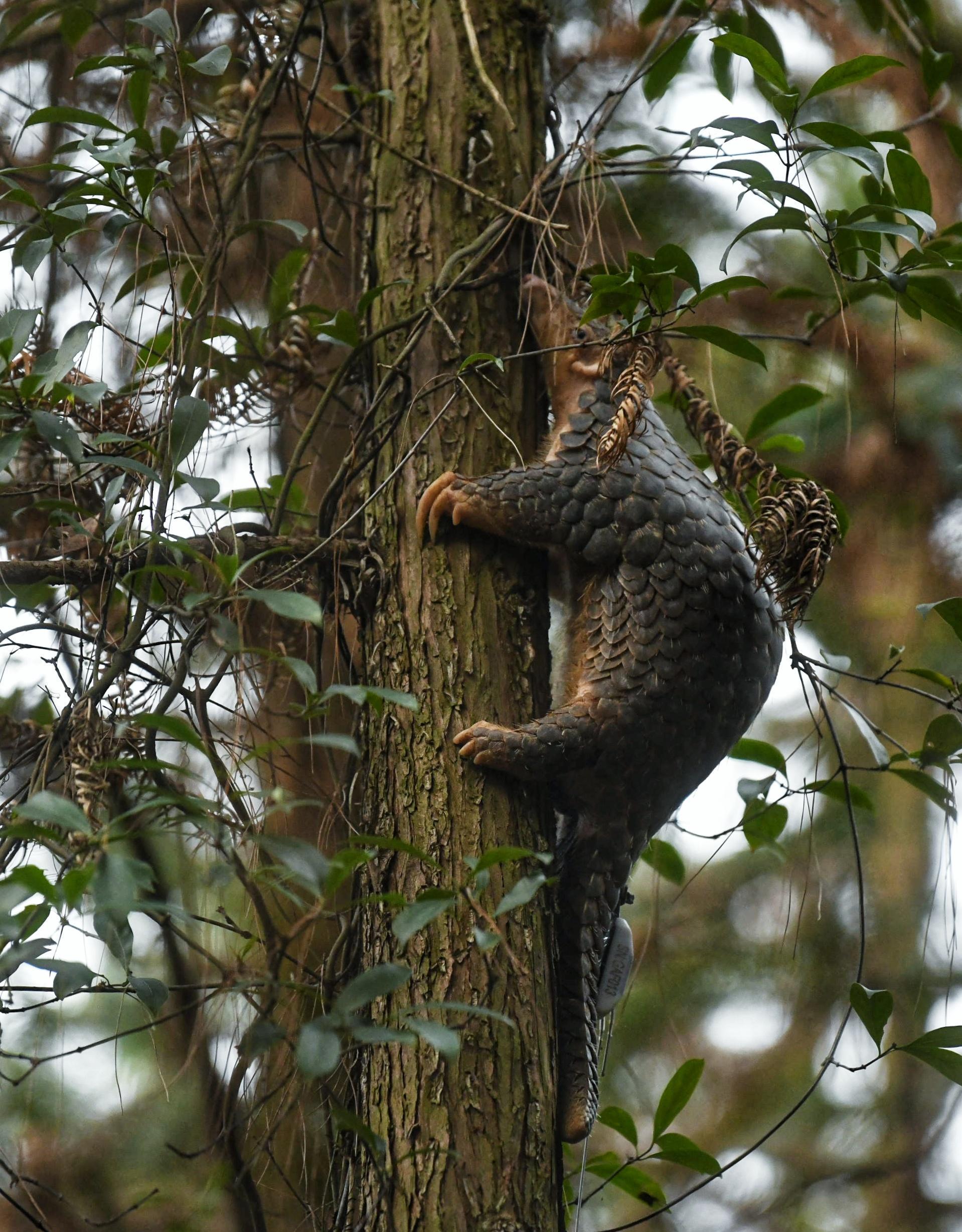
Additionally, systems for wildlife surveys, monitoring, rescue and rehabilitation, and disease surveillance have been established to ensure the protection of wildlife resources, as well as wildlife rescue and emergency response to disease outbreaks.
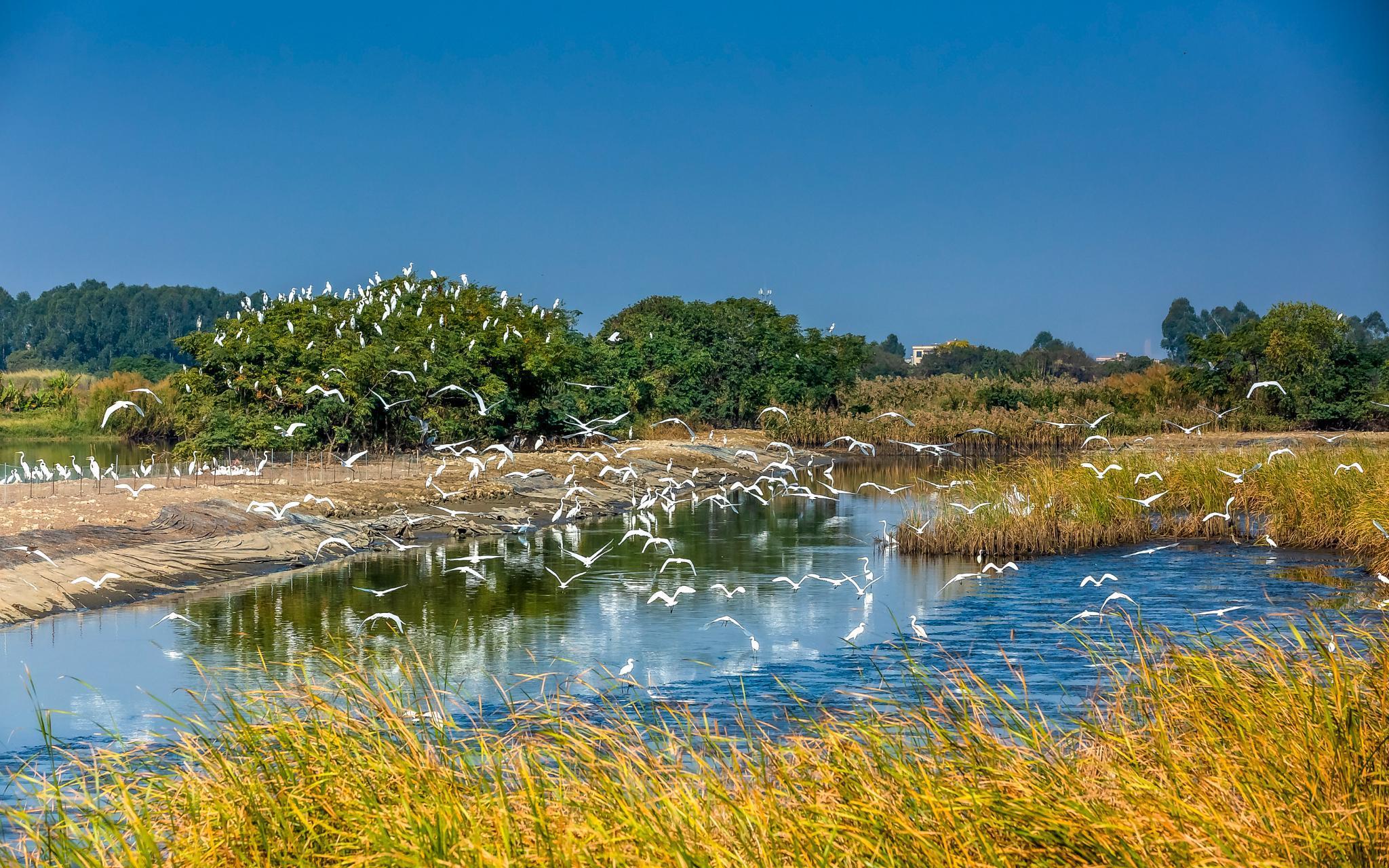
In the future, Guangdong will continue to focus on the protection and restoration of natural ecosystems, the rescue breeding of rare and endangered species, and the collection, preservation, and utilization of genetic resources.

广东野生动植物物种数量持续增加
2023年5月22日是第23个国际生物多样性日,主题为“从协议到协力:复元生物多样性”。目前,广东省森林覆盖率达53.03%,野生动植物物种数量位居全国前列,是我国生物多样性最丰富的省份之一。
珍稀动植物频频现身
近期,广东象头山国家级自然保护区拍摄到2头中华鬣羚同框画面刷爆“朋友圈”;中华穿山甲在河源、梅州、潮州等多地现身引发关注;深圳、汕尾逐年增加的黑脸琵鹭惹人注目;东莞首次野外监测到野生白鹇种群和彩鹮令人惊喜;河源发现广东新分布物种筒冠花;韶关始兴南山保护区首次发现桫椤群;还有惠州惊现41只东方白鹳、广东海丰国际重要湿地首次发现彩鹳、雷州市九龙山红树林湿地公园保护区首次发现黑脸琵鹭和白琵鹭……放眼整个广东,珍稀物种的身影正频繁出现,新记录、新分布的野生动植物种群数量呈逐年上升趋势。
广东现有各类自然保护地1361处,数量位居全国第一;记录分布有陆生脊椎野生动物共1052种,野生高等植物6658种;现有红树林1.06万公顷,且湿地面积总量保持稳定,为各种生物提供了生存繁衍空间。
加强生物多样性保护
近年来,广东深入推进生物多样性保护工作。
注重建立多层级生物多样性保护体系,推进以国家公园为主体的自然保护地体系建设。
实施重点物种保护工程,建立9个国家级保护中心,在苏铁、兰花、木兰、大熊猫、朱鹮、中华穿山甲、华南虎等物种的迁地保护、种质资源保存、繁育和回归野外等方面取得突破。
推进野生动物调查监测、收容救护、疫病监测等体系建设,做好野生动物资源保护以及野生动物救护和疫情应急处置工作。
未来,广东还将持续推进自然生态系统保护与修复、珍稀濒危物种拯救繁育以及遗传资源收集保存和利用等工作。
文、图|羊城晚报全媒体记者 张爱丽 通讯员 林荫
翻译|卢茂龙
责编 | 王瑜瑛









